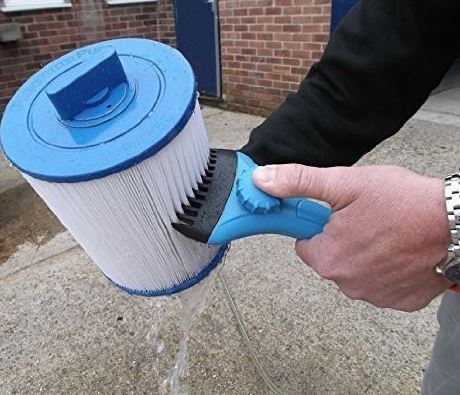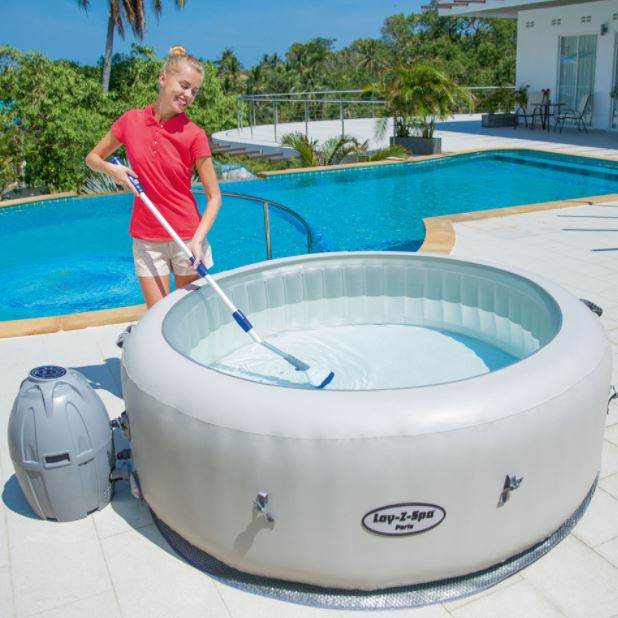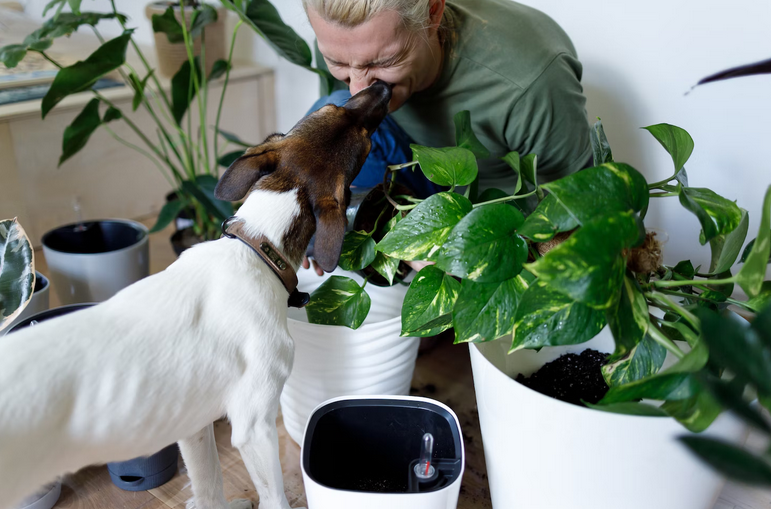Buying a hot tub can be beneficial in several ways. It offers perfect relaxation, and you can also have fun in them with your friends. An inflatable hot tub is an ideal choice compared to the permanent Jacuzzi.
It is a type of tub that can be inflated and deflated before filling it with water. An inflatable hot tub also has different features that can warm your water to the preferred temperatures. You should buy the right type for quality service.
Cleaning your inflatable hot tub is essential for extended service and a comfortable, relaxing experience. Here are some ideal ways to keep your hot tub clean.
Focus on the Surface
 When the hot tub is empty, you can remove most of the dirt by rubbing it using warm water and a soft cloth. The waterline (water level) is where dirt can build up. For stubborn dirt, use a little mild detergent or liquid hand soap.
When the hot tub is empty, you can remove most of the dirt by rubbing it using warm water and a soft cloth. The waterline (water level) is where dirt can build up. For stubborn dirt, use a little mild detergent or liquid hand soap.
Remember to rinse with clean water afterward. Detergent and soap generate foam, and you must prevent it from entering the jets of water or air or the filter system. Do not use a brush to scrub the inflatable hot tub so that the bristles do not scratch it.
Clean the Filters
Water filters keep your hot tub in perfect condition for longer and enhance your hydro-massage bath session. It is recommended to clean them approximately once a week, depending on the use and maintenance we give to the water. You can do it by hand with the help of the garden hose and remove the remains. To clean your filters thoroughly and remove wrinkles, this cartridge cleaner is the best solution. One of its advantages is that the filters will last you longer, and you will end up saving in the long term.
Clear the Debris
 Although there are many different models of inflatable Jacuzzi, the cleaning procedure is practically the same. First, get rid of the largest debris, if any (such as leaves or grass). You can do it by hand or with a hairnet prepared for it. This will prevent the drain valve from blocking when it is emptying.
Although there are many different models of inflatable Jacuzzi, the cleaning procedure is practically the same. First, get rid of the largest debris, if any (such as leaves or grass). You can do it by hand or with a hairnet prepared for it. This will prevent the drain valve from blocking when it is emptying.
To clean the small debris from the bottom, you can also use a vacuum cleaner designed for it, although it is not necessary. Once the debris is removed, disconnect the pump from the filter. You can always consult the instruction manual or the DVD that the manufacturer includes. It is the opportunity to clean the filter. For this, you can wash it with the garden hose.





 The location of your house is one of the most crucial factors to consider when building a new home. Before making any decisions, you need to take some time and think carefully about what kind of environment you want to live in. If you are looking a land to build your dream home in, you should check the land for sale Mackay has to offer. Another critical factor is proximity to essential amenities such as hospitals, schools, shopping centers and recreational facilities.
The location of your house is one of the most crucial factors to consider when building a new home. Before making any decisions, you need to take some time and think carefully about what kind of environment you want to live in. If you are looking a land to build your dream home in, you should check the land for sale Mackay has to offer. Another critical factor is proximity to essential amenities such as hospitals, schools, shopping centers and recreational facilities.


